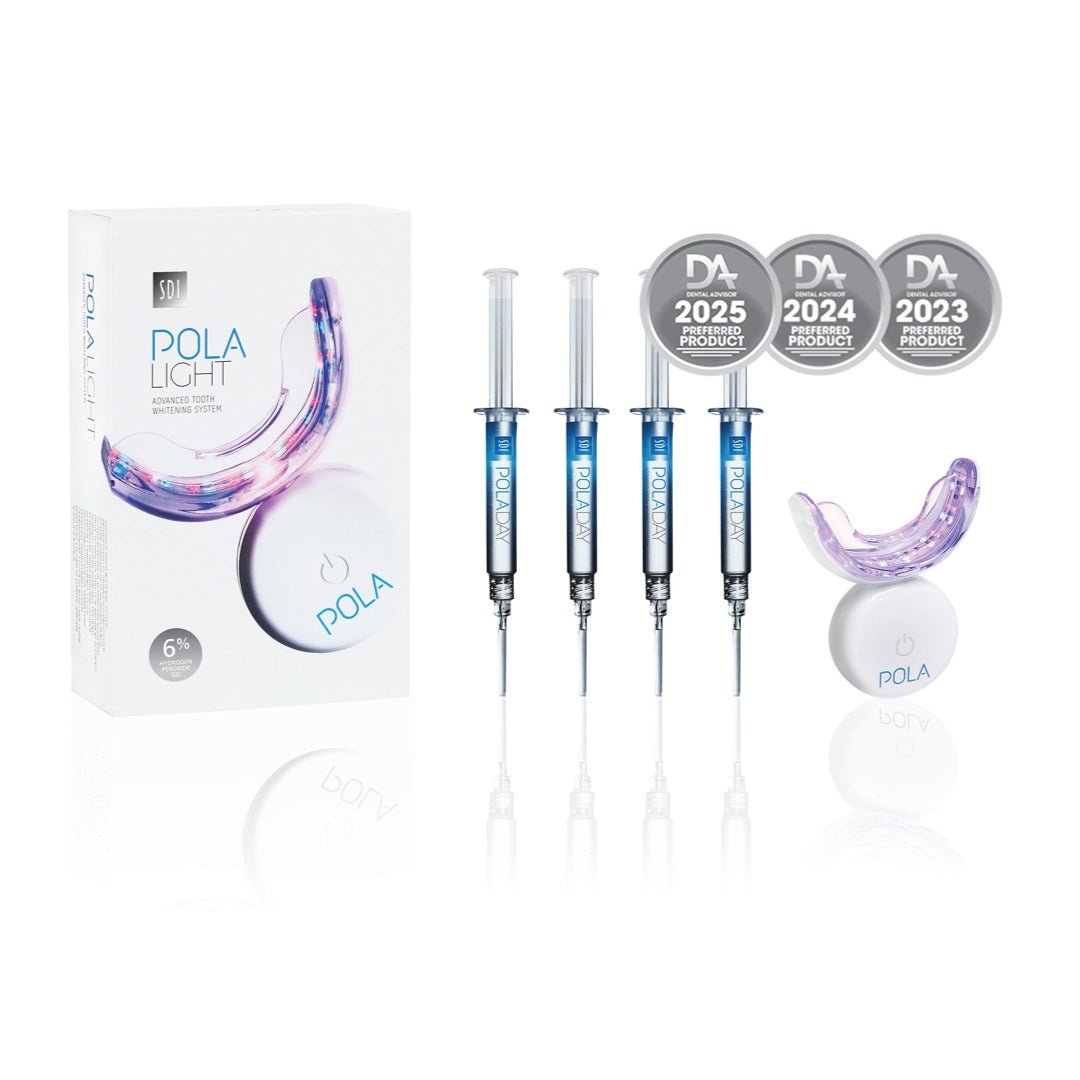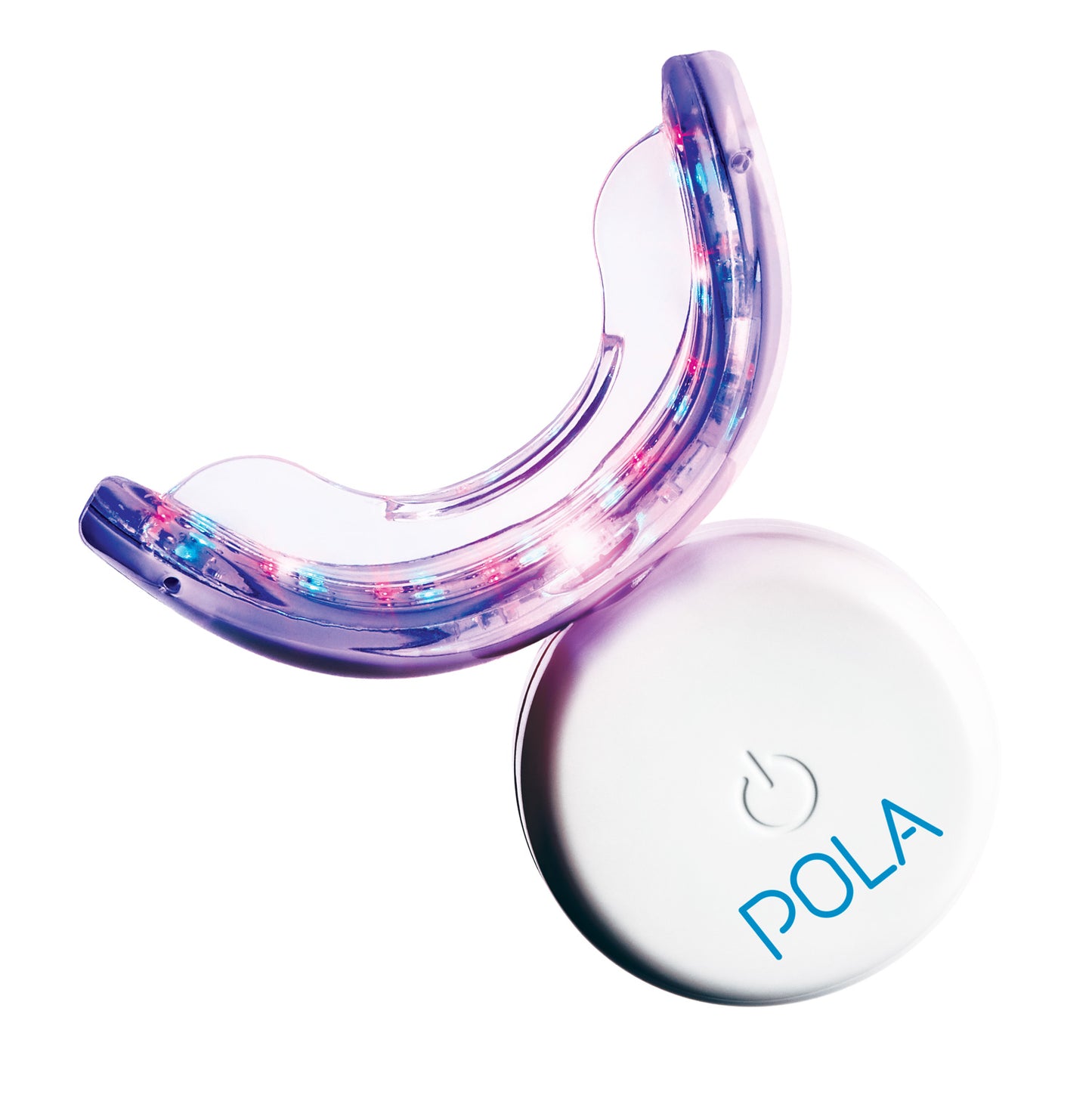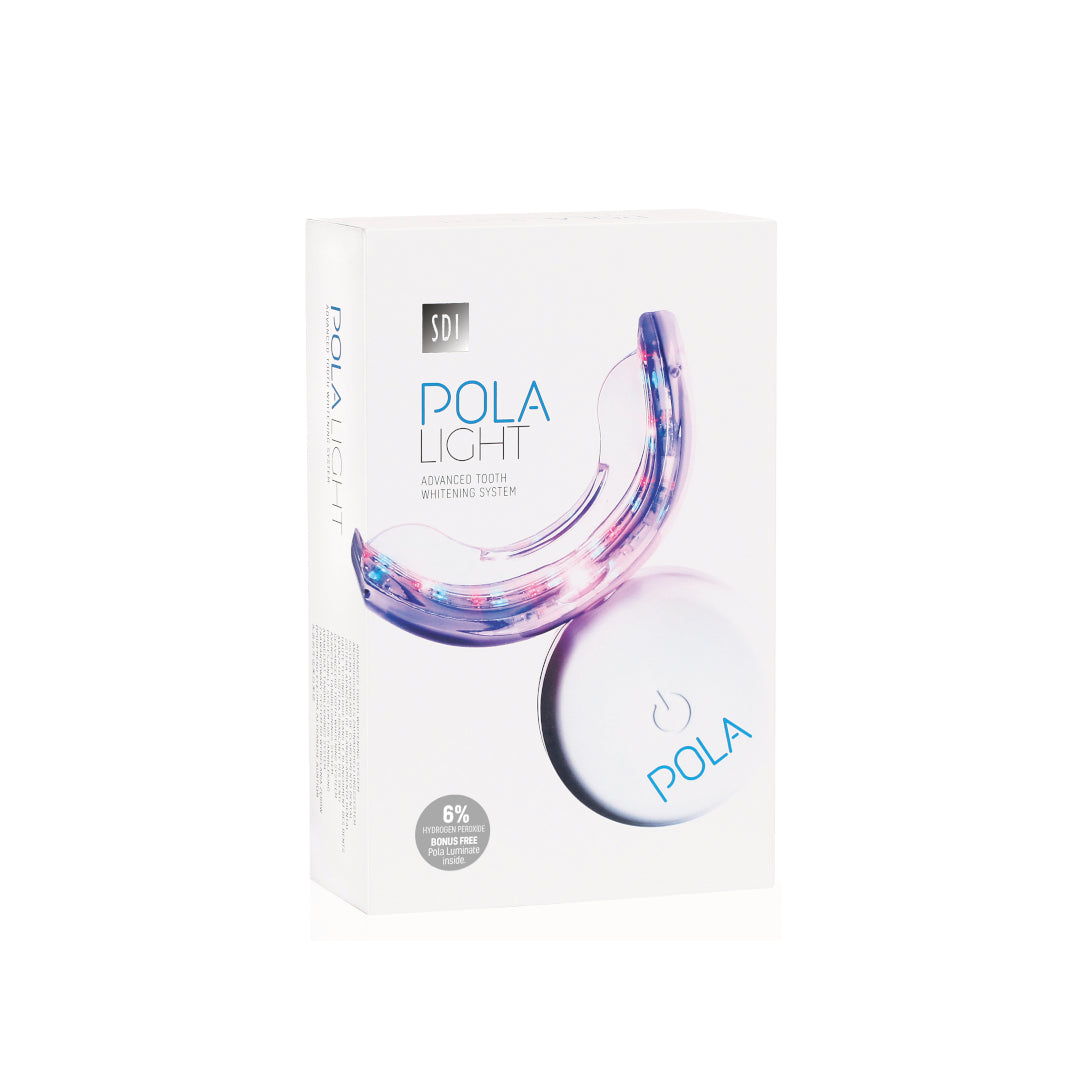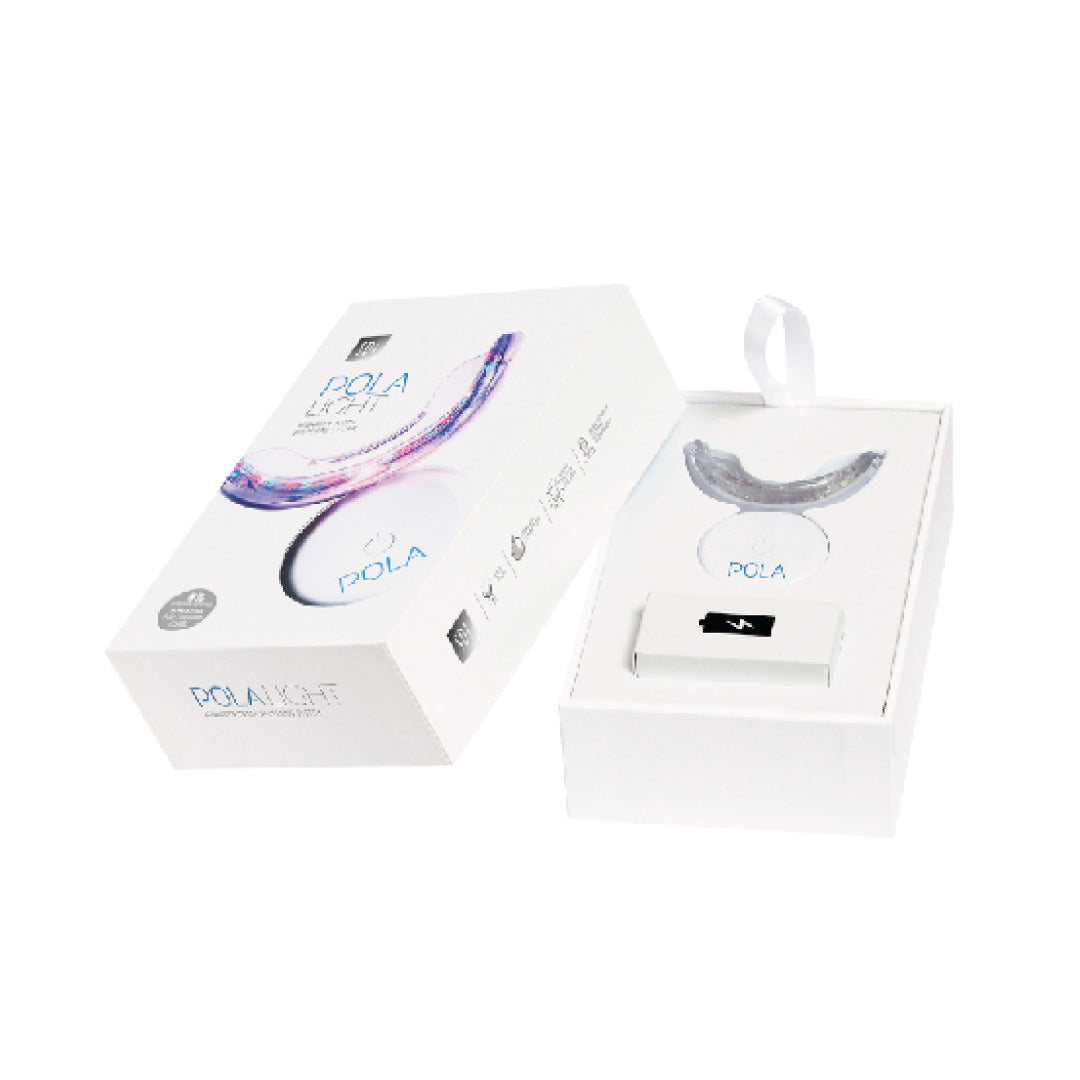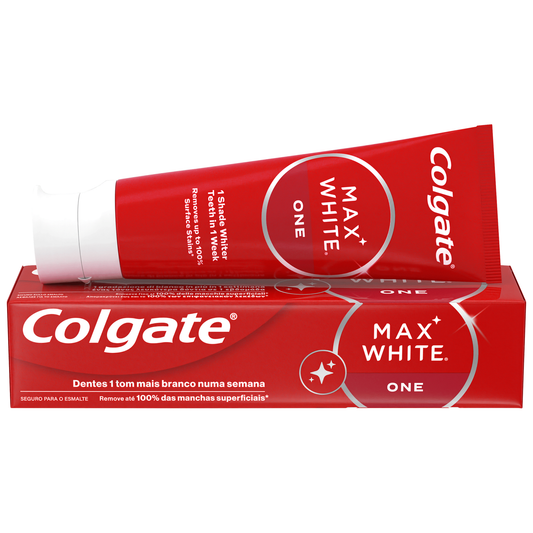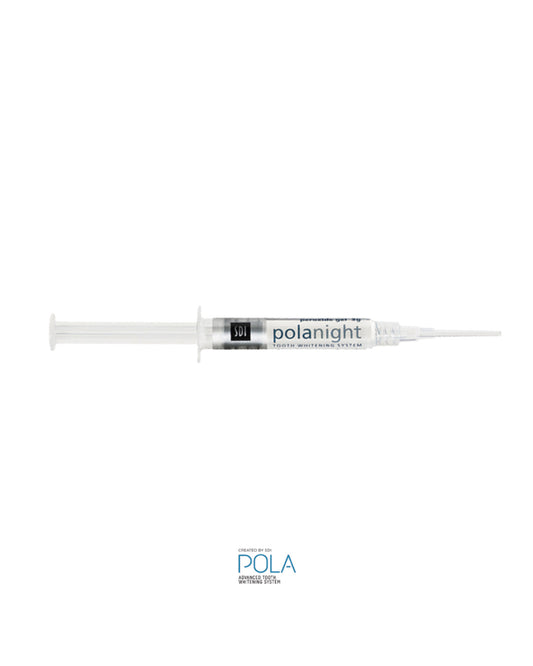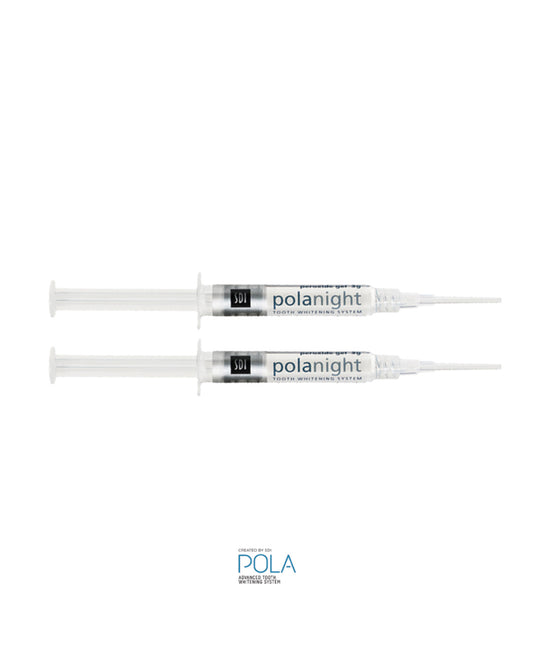Is Pola Light safe for teeth whitening?

When thinking about teeth whitening at home , it is natural to look for alternatives that promise fast and comfortable results. One of the options that stands out among Portuguese consumers is Pola Light , an innovative, easy-to-use whitening kit that uses a combination of a whitening gel and a portable, rechargeable LED light, functioning as an advanced whitening system with modern technology and simple installation. Popular in pharmacies, clinics and online stores, the system has gained fame for making a process traditionally carried out in a dental office available at home.
There is no shortage of opinions about its effectiveness, but the real question for many users is: is Pola Light safe for oral health and is Pola Light safe? By carefully analyzing its composition, mode of action, instructions and warnings, it is possible to get an informed answer.
How does Pola Light work?
Pola Light stands out for combining two fronts: a peroxide gel for teeth whitening and an LED light. The user applies the whitening gel to the trays (silicone mouthpiece) and then inserts it into the mouth while the light is activated, facilitating the action of the hydrogen peroxide or carbamide peroxide , depending on the chosen formulation.
In theory, LED light speeds up the chemical process in which the whitening agent releases active oxygen. This oxygen reacts with the organic molecules responsible for staining teeth, rendering them colourless. The treatment, designed for daily use for typically around 10 to 15 minutes per session, aims to visibly lighten the shade of teeth within a few days.
Composition of whitening gels
The safety of Pola Light depends mainly on the components used in the gel. The most common are:
- Hydrogen peroxide (usually between 6 and 9%)
- Carbamide peroxide (usually up to 16%)
Both act as oxidizing agents, promoting bleaching. It is important to note that the concentrations authorized for over-the-counter sale are controlled by European legislation, with limits in place to avoid increased risks for domestic users.
Other ingredients include polyvinylpyrrolidone (PVP), carbomer (gelling agent), propylene glycol (humectant) and flavorings to please the palate.
What is LED light for?
Although many studies question whether LED light actually increases the effectiveness of whitening, lighting is not toxically relevant. The intensity of light used in home systems is substantially lower than that of clinical devices, serving more as a complement than as a protagonist.
What does the legislation say?
In the European Union, the use of whitening gels is subject to strict regulations. Specifically, hydrogen peroxide in concentrations above 0.1% can only be sold under the supervision of a dentist and cannot exceed 6%. For higher concentrations, professional supervision is mandatory. Pola Light, purchased without a prescription, complies with these standards and therefore falls within the legal parameters.
Products that comply with these limits are considered safe for a large part of the population, as long as the instructions are strictly followed and there are no medical contraindications.
Clinical evaluation: common effects and reactions
Over the years, several scientific studies have evaluated the safety of teeth whitening products. The most commonly cited adverse symptoms include:
- Increased tooth sensitivity, especially to heat or cold
- Gum irritation when the gel comes into contact with soft tissue
- Minor discomforts that are usually temporary
These effects generally disappear within a few days of using the product. However, they may be more intense in people with:
- Gum recession
- Untreated gingivitis or periodontitis
- Cracks in tooth enamel
- Extensive resin or porcelain restorations
It is recommended that these people always seek advice from a dentist before starting any type of whitening.
Table: Possible effects and their frequency
| Adverse Effect | Estimated Frequency | Recommendations |
|---|---|---|
| Tooth sensitivity | Common | Use desensitizing products |
| Gum irritation | Reasonably common | Reduce amount of gel |
| Temporary burning sensation | Rare | Discontinue use if persistent |
| Severe allergic reactions | Very rare | Seek medical attention |
Who shouldn't use home whiteners?
Not all users are ideal candidates for home whitening. There are groups for whom this practice is not recommended:
- Under 18 years old, as the enamel is still developing
- Pregnant or breastfeeding women, as a precaution
- People with untreated cavities, active gum disease, or compromised tooth structure
- Users with multiple crowns, veneers or restorations in visible areas
In these cases, the risk of complications, discomfort or failure increases considerably. For these groups, clinical monitoring is essential.
Pola Light's strengths
Several features make Pola Light a favorite for those looking to improve the appearance of their smile in the comfort of their home:
- Ease of use, including clear instructions and short sessions, makes Pola Light a user-friendly option, especially with the application of modern technology, for home whitening
- Process control by the user himself
- Visible results in just a few days
- Does not require needles or custom molds
- Kit includes everything you need: mouthpiece, gel tubes, USB charger for the rechargeable LED light, and lighting system.
In addition to these advantages, there are those who particularly appreciate the fact that the kit allows for spaced sessions, making it easier to control any sensitivity or irritation.
Limitations and mandatory precautions
However, it is essential to highlight some common limitations to teeth whitening:
- Whitening does not work on fillings, crowns or veneers, which may result in color differences if they exist.
- Very deep stains, caused by antibiotics or trauma, rarely disappear with home remedies alone.
- Maintaining results requires avoiding pigmented foods, tobacco and maintaining impeccable oral hygiene.
For those with previous sensitivity, it may be helpful to use desensitizing toothpastes a few weeks before and after treatment. In addition, any persistent pain or noticeable change should be a reason to stop using the toothpaste and consult a dentist.
Security FAQs
Curiosity about the safety of Pola Light and similar products, including questions such as 'is Pola Light safe?', has led to many questions on forums and among patients. Here are some of the most common:
- Can it corrode enamel? The concentrations permitted for domestic sale are generally safe for tooth enamel, as long as the frequency or quantity applied is not abused.
- Can LED light damage fabrics? The intensity in home devices is low and intended only to activate the gel, with no appreciable risk to teeth or gums.
- Is the whitening effect permanent? Results usually last between a few months and two years, depending on your habits and the quality of your oral hygiene. Maintenance sessions may be necessary.
- Can sensitivity triggers be prevented? Yes, using specific products can help; temporarily suspending treatment at the first sign of discomfort is recommended.
Tips for safe whitening
Anyone who decides to go ahead with Pola Light at home can take advantage of these suggestions to reduce risks:
- Read the leaflet in full and follow the manufacturer's instructions strictly.
- Do not apply too much gel to avoid contact with the gums.
- Respect the duration of each session and the interval between treatments
- Avoid eating or drinking pigmented beverages (coffee, red wine, tea) in the hours following application.
- Consult a dentist first, especially in case of clinical doubts or specific needs.
When used rigorously, and because it is easy to use, the benefits of technology tend to outweigh possible temporary discomforts.
Alternatives to home use
Despite the appeal of home kits, there are clinical alternatives that offer an advanced treatment system and may be worth considering, especially for those seeking the installation of more sophisticated equipment or who have high expectations or particular clinical needs:
- In-office whitening, which uses higher concentrations of peroxide under the supervision of a professional
- Veneers or aesthetic restorations, ideal when there is advanced wear or anatomical changes
Each approach has different advantages and risks, and medical monitoring is crucial to making an informed choice.
The importance of individual assessment
Pola Light has an acceptable safety record for healthy adults with no active dental problems. However, as with any whitening product, its use should be considered based on individual factors. Your dentist is the best person to recommend (or advise against) the use of this type of kit.
Oral health is always the most important aspect, especially when considering teeth whitening and brightening as part of your care routine. Smiling with confidence can be an achievable goal, as long as you never put your mouth’s balance and well-being at risk. A beautiful smile only makes sense if it is accompanied by healthy teeth and gums.


